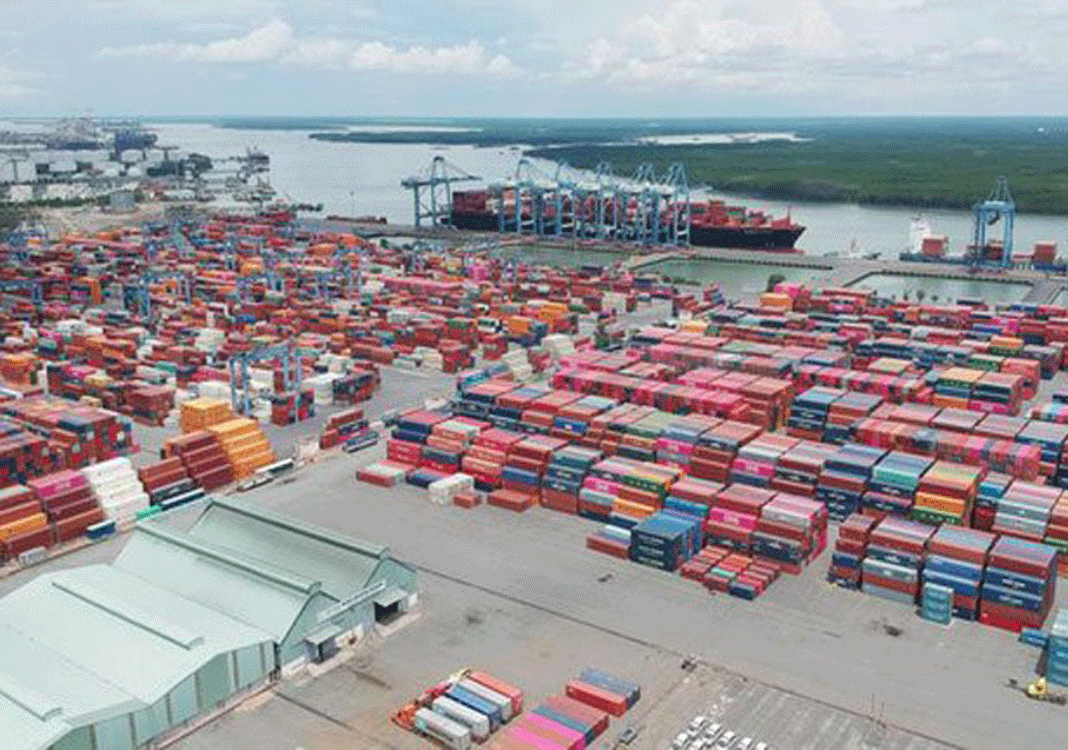HCMC – The total cost for the development of the seaport system in Vietnam by 2030 is estimated at VND150-200 trillion, including VND35-40 trillion for public infrastructure facilities at the seaports.
Some 18 projects to improve and upgrade the existing seaports will be prioritized for investment first at an estimated cost of VND18-20 trillion, such as Cai Mep-Thi Vai in Ba Ria-Vung Tau Province and Lach Huyen in Haiphong City, Thanh Nien Online newspaper.
At a seminar on December 30 to comment on a master plan to develop seaports in Vietnam in the 2021-2030 period with a vision to 2050, Le Tan Dat, deputy director of Construction Consultation Joint Stock Company for Maritime Building, said in order to improve the effectiveness of the investment in seaports, international gateway seaports in Haiphong City and Ba Ria-Vung Tau Province should be prioritized.
In addition, international gateway seaports in the central key economic zone should be developed via an appropriate roadmap so they can receive large vessels.
It is necessary to develop large seaport clusters to serve the country’s socioeconomic development, such as Haiphong-Quang Ninh, Nghi Son (Thanh Hoa Province)-Dong Hoi (Nghe An Province), Danang-Quang Nam-Dung Quat (Quang Ngai Province), Quy Nhon (Binh Dinh Province)-Van Phong (Khanh Hoa Province) and HCMC-Cai Mep-Thi Vai.
At the seminar, Deputy Minister of Transport Nguyen Nhat called for appropriate investment in vehicles and equipment for different kinds of seaports, with a focus on the Haiphong and Cai Mep-Thi Vai ports so the country has world-class seaports.
As of 2019, Vietnam had 34 seaports and 588 wharves. The volume of cargo passing through seaports reached 664.6 million tons. The number of seaports and wharves and the volume of cargo passing through the seaports have basically met the targets.
However, the seaport system has its shortcomings, such as the difference between the seaport planning and the localities’ planning for construction and other sectors. Some seaports have outdated infrastructure and equipment and low capacity, failing to meet the demands of the regional shipping market.









